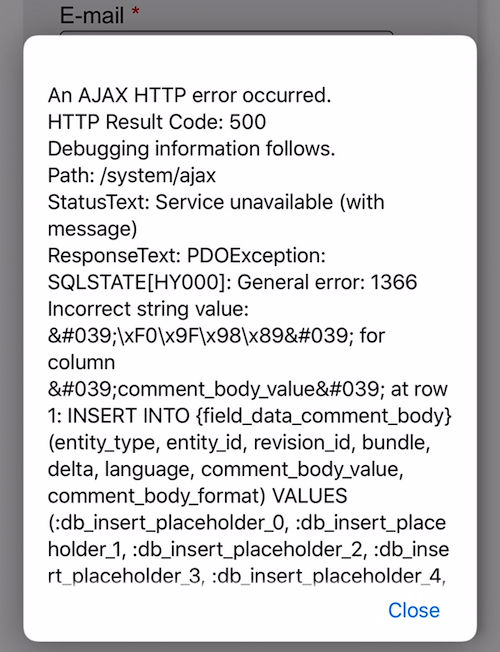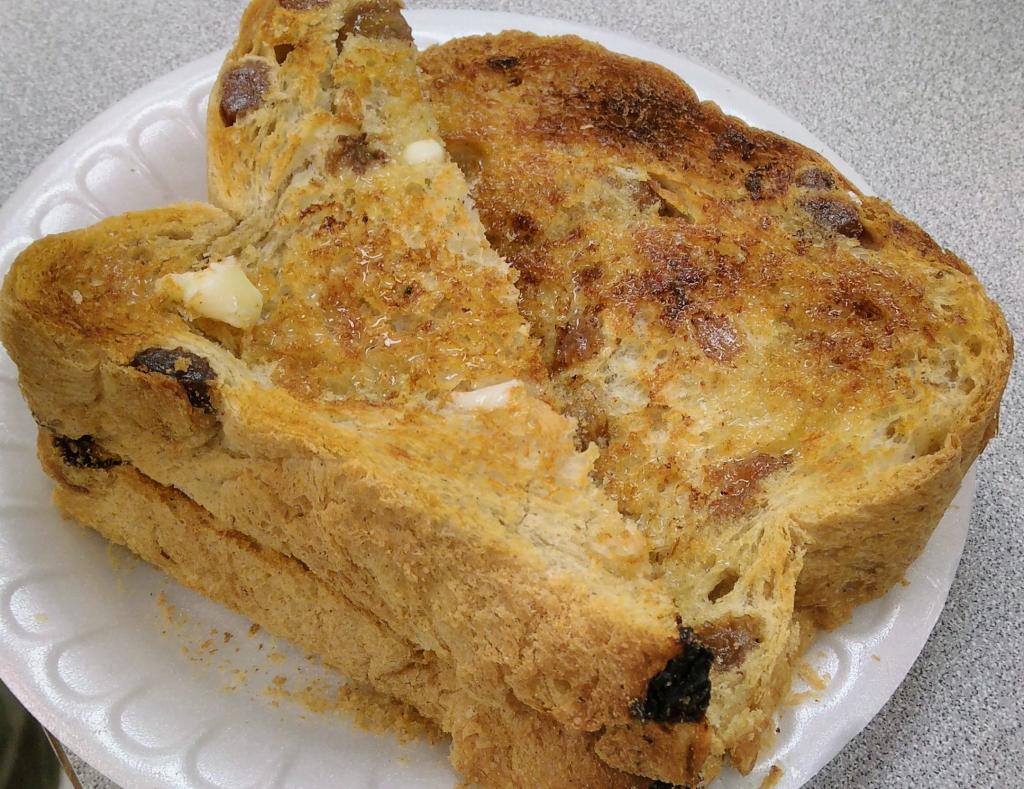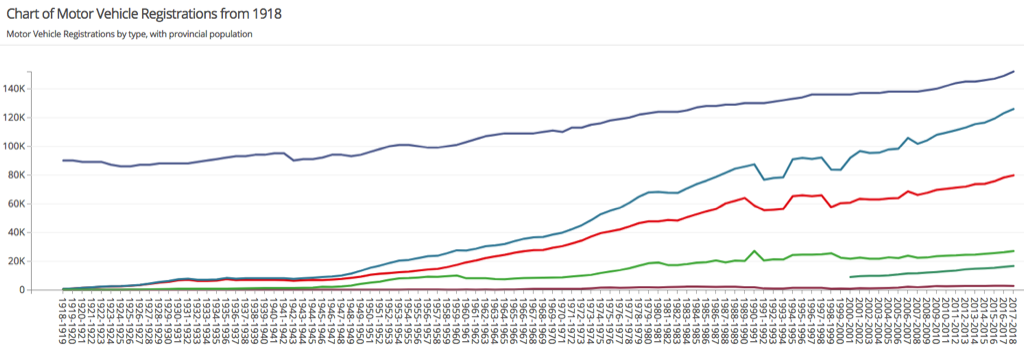My friend Dave sent me a bug report tonight relating to his attempt to post a comment here that contained an emoji:
Hmm. I got this while submitting a comment. On iOS obviously. I had loaded the page without content blockers, which I seem to need to do for your comments to work.
The comment I was submitting: “I think I know this woman of whom you speak. 😉”
He attached a screen shot from his iPhone, showing the error dialog he received:

Now, first off, this made me realize that I’d left display of detailed error messages turned on for the Drupal that runs this site; to fix that–not the source of the issue, but a good idea on a production site–I turned that off, under Development > Logging and errors.
Next, to the problem at hand: I suspected that it was Dave’s need to post a comment containing a winking face emoji (😉) that was the source of the error, and suddenly I realized the implication of the warning in my Drupal status report, heretofore ignored, about the lack of “4 byte UTF-8” support:

It turns out that characters like emoji are represented by 4 bytes. In the case of the winking emoji, it turns out, these 4 bytes are \xF0\x9F\x98\x89, and, indeed, if you look at the error Drupal was throwing up about Dave’s comment, you can see that being flagged as an “incorrect string value.”
The solution turned out to be simple: following the helpful instructions here, I converted the MySQL database for this Drupal to support 4 byte UTF-8. There were several steps to this: first I needed to add support in MySQL by editing my my.cnf file, then I had to convert the database and its tables, and finally I had to edit my settings.php to reflect the change. Once I did this, I was able to post emoji-laced comments at will.
Go wild, Dave.
My $350 contribution to Hannah Bell’s campaign last year constituted 0.8% of the Green Party’s fundraising for 2017.
We were down at the Brass Shop tonight for the final episode of Receiver Coffee Pizza Pasta Thursday; it’s now on hiatus until October 4.
Pizza Pasta Thursday became the thing that Oliver and Catherine and I made sure to do together, once a week, all winter long; it will be missed (and looked forward to).

I wonder how the intimate association of raisin toast with blood donation began.
The “stick around for awhile so we can make sure you don’t faint” period after donating plasma is the only part of my life that involves raisin toast at all, yet the experience would seem incomplete without it.

When I traded The Guild for the Parish Hall, I left behind an office with a theatre, art gallery, and full bar, but gained an office with a chapel.
Occasionally, when the mid-afternoon need for a break from work arises, I will repair there.
I may not speak directly to Jesus, but I appreciate the calm that others having done so has wrought.

News today that the great friend and protector of the Island, Harry Baglole, has died.
STILL BEAUTY
The Island is still beautiful ….
Still
can be seen
the spruce-lined fields;
And still
the red cliff rock
joins blue and green.And still
the quiet grandeur
of ordered farmscape
gives way
to fits
of random
Goldenrod.
That’s Harry, in Cornelius Howatt: Superstar, from 1974.
In the final chapter of that book, Last Will And Testament, The Brothers and Sisters of Cornelius Howatt codified its own demise, finishing with:
And, finally, into the care and keeping of future generations of Islanders we give, bequeath, and entrust this Island, complete with its clean water, fresh air, fertile land and beautiful countryside, to be cherished as the very precious place which it is.
Few Islanders have ever thought as much about Islandness as Harry did, and his understanding of this “very precious place” was profound; echoes of his esoteric enthusiasms will inform us for generations to come.
The Province of Prince Edward Island announced its new Open Data Portal today in the Legislative Assembly.
I played no role in this other than as mystical spirit guide, but I’m proud to see the breadth and depth of data available there, and the flexibility the Socrata tool its based on affords for visualization.
My favourite data set so far is the Motor Vehicle Registrations from 1918, and the visualization it includes that charts registrations of cars, trucks, trailers and motorcycles vs. the Island’s population (population is the top line):

I spent enough years working with government on wrangling data and information to know that the bureaucratic processes required to release something like this are myriad and complex, and the public servants responsible for this deserve a pat on the back.
I took the next logical step toward work-life balance today, and made myself a coffee at home at 100 Prince and carried it across the street to the office at 101 Prince. It felt like an important milestone.
Meanwhile, on the information superhighway, an odd thing has been happening over the last month: I’ve been running into friends and acquaintances and they’ve been exclaiming “I’ve started to read your blog!”
I wonder what it is about the current zeitgeist that is causing this to happen now, 19 years in.
One such friend–today’s exclamation, as it happens–said that reading my blog made her feel like we’re in a relationship. Which may be the kindest thing anyone’s ever said about my writing here.
That said, I kind of wish there was a way to make it a more reciprocal one; short of “everyone has a blog,” I wonder how we could make that happen.
I’ve long thought that having a party for those that have found there way here might be an interesting idea; maybe now is the time?
Would you come?

The cardholder agreement for my new Mastercard contains a definition of mysterious disappearance.

Christopher Skinner is a prolific and talented designer and printer, and I’m a longtime reader of his blog, Lestaret, where he writes about type, design, printing and all manner of mad experiments.
In a recent post about storing up pulp for summer paper-making, he pointed to a 2012 post where he illustrated the process of turning Amazon boxes into handmade paper. I love everything about this, and have resolved to set out on a similar project (I’m fortunate to have a girlfriend of many artistic pursuits who is thus well-equipped with things like paper-making equipment, so I have a head start).
 I am
I am